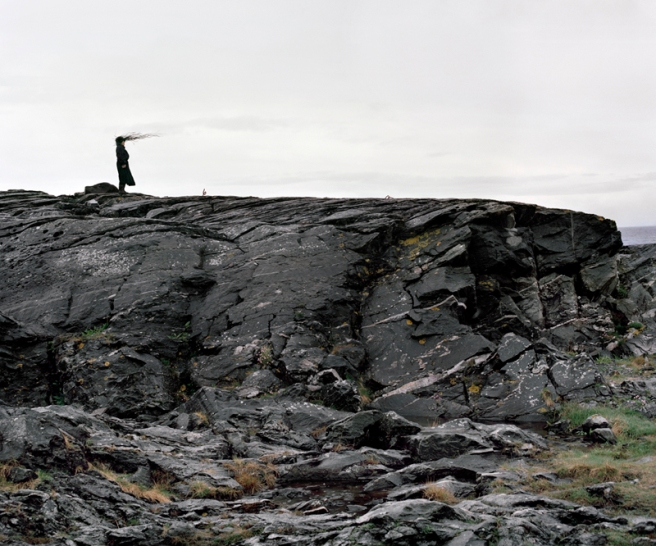 1. Isabel Allende is one of my all-time favorite authors. House of Spirits has always felt like a more feminine version of my favorite book, One Hundred Years of Solitude. I know my love for magical realism has always made me seem a little immature—espeically compared with the “serious” literature majors I knew in college, who preferred texts that felt impenetrable to me, walls of text made by dead white men with axes to grind and bones to pick. But goddamn it, I like what I like, and what I like is crazy, New Agey, magical shit. Stories where cats walk on two legs and newts have sexy, sophisticated romances and snowy sculptures come to life.
1. Isabel Allende is one of my all-time favorite authors. House of Spirits has always felt like a more feminine version of my favorite book, One Hundred Years of Solitude. I know my love for magical realism has always made me seem a little immature—espeically compared with the “serious” literature majors I knew in college, who preferred texts that felt impenetrable to me, walls of text made by dead white men with axes to grind and bones to pick. But goddamn it, I like what I like, and what I like is crazy, New Agey, magical shit. Stories where cats walk on two legs and newts have sexy, sophisticated romances and snowy sculptures come to life.
But enough with my dumb, pretentious, self-critical rambling. Allende is wonderful and everyone should read her. She makes femininity feel like such a powerful thing—witchy and earthy and crude and delightful and free. I love how she writes women. Her female characters are round, and I mean that both in the literary sense and the curvy sense. I’m currently reading her memoir Paula, and it really makes me appreciate the power of female companions, friends, lovers, daughters, etc. Here’s one of the best quotes:
Witches, like saints, are solitary stars that shine with a light of their own; they depend on nothing and no one, which is why they have no fear and plunge blindly into the abyss with the assurance that instead of crashing to earth, they will fly back out. They can change into birds and see the world from above, or worms to see it from within, they can inhabit other dimensions and travel to other galaxies, they are navigators on an infinite ocean of consciousness and cognition.
Damn, girl. That makes me want to be a witch, like, yesterday.
 2. The second person I’m vibing on today is Bruce Monroe. He is a Pennsylvania-based artist who makes striking installations. The top image is “Moon Harvest,” a visual pun that projects images of the moon onto bales of hay. “Shower of Light” is the second image (directly above). He also uses CDs frequently in his installations, which, when placed together, turn into giant reflective surfaces that look like oversized sequins, glittery and fractured. Check out his other work (and find out where you can see one of his luminous pieces in person!) by clicking here.
2. The second person I’m vibing on today is Bruce Monroe. He is a Pennsylvania-based artist who makes striking installations. The top image is “Moon Harvest,” a visual pun that projects images of the moon onto bales of hay. “Shower of Light” is the second image (directly above). He also uses CDs frequently in his installations, which, when placed together, turn into giant reflective surfaces that look like oversized sequins, glittery and fractured. Check out his other work (and find out where you can see one of his luminous pieces in person!) by clicking here.










